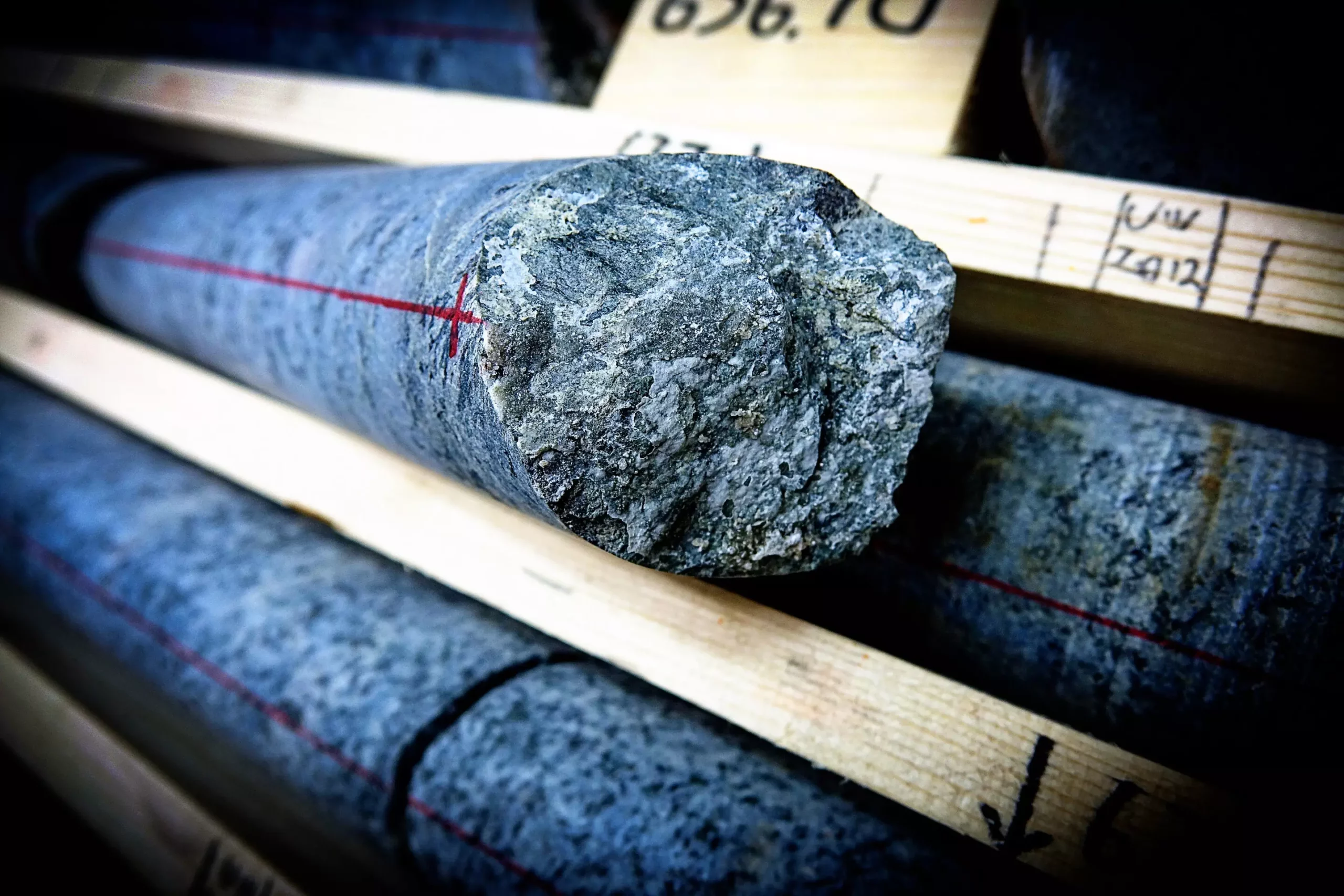Recent findings illuminate a captivating chapter in Earth’s history, revealing that microorganisms thrived within Greenland’s fractured bedrock approximately 75 million years ago. This groundbreaking study, detailed in the journal *Geochemistry, Geophysics, Geosystems*, offers an unprecedented glimpse into the deep biosphere—an enigmatic ecosystem that exists far beneath our feet, under extreme conditions devoid of sunlight and oxygen. Understanding the longevity and extent of these microbial communities remains an ongoing challenge, as scientific exploration into the subsurface realm has historically been limited to surface-level investigations. However, advances in geological research are gradually revealing the contours of life in these uncharted territories.
In an ambitious exploration in western Greenland, researchers embarked on a drilling project that penetrated deep into the bedrock, particularly in zones adjacent to the Greenland ice sheet. At depths reaching several hundred meters, a treasure trove of geochemical data emerged—fractures lined with minerals that serve as invaluable archives chronicling the history of ancient life forms. Lead author Henrik Drake, an Associate Professor at Linnaeus University in Sweden, emphasizes the significance of using high-resolution geochronology to unearth these secrets. By analyzing the decay of uranium into lead within calcium carbonate structures, the research team was able to date these samples to a remarkable range of 64 to 75 million years.
The ages determined from the drilling samples not only reveal a timeline but also align intriguingly with significant tectonic activities associated with the early formation phases of the Atlantic Ocean and the Labrador Sea. These geological events likely facilitated the creation of extensive fracture networks within western Greenland, allowing microorganisms— particularly sulfate reducers—to colonize these secluded environments. This intriguing correlation suggests that the very movements of our planet’s continents have played a pivotal role in shaping the deep biosphere’s biological landscape.
Delving deeper, Drake describes the presence of chemical signatures that serve as evidence of enduring life. The researchers identified biological remnants in the form of bacterial fatty acids preserved within the calcium carbonate samples, indicating that these microorganisms not only existed but left lasting imprints in the geological record. The research team further employed intricate analyses of sulfur isotopes within the minerals formed in the fractures, enhancing our understanding of these microorganisms’ metabolic processes and environmental adaptations.
The implications of this study extend beyond the confines of microbial ecology, opening up fresh avenues in geological research. It beckons scientists to reconsider not just the complexities of life beyond the surface but also the factors that govern the persistence of such diverse ecosystems deep within the Earth. As findings continue to emerge, the mysteries of the ancient deep biosphere are gradually unfolding, challenging our perceptions of life’s resilience and adaptability in the harshest of environments. The discovery of these microorganisms in Greenland’s bedrock not only rewrites aspects of Earth’s biological history but also reinforces the notion that life can thrive in even the most extreme conditions, a notion that may hold true for other celestial bodies in our universe as well.

